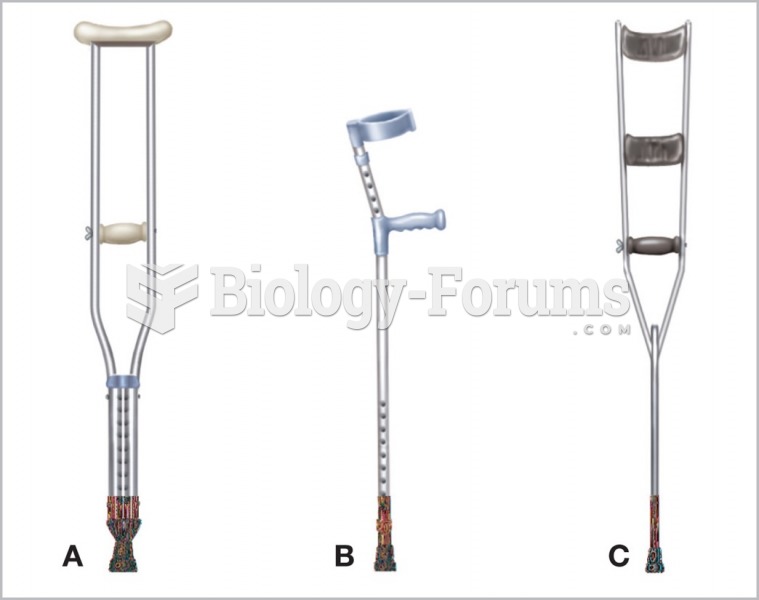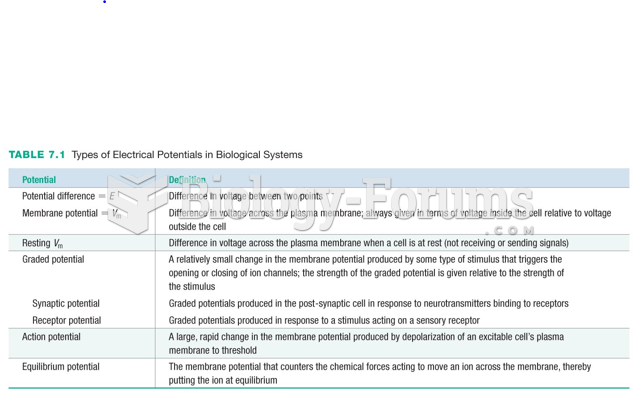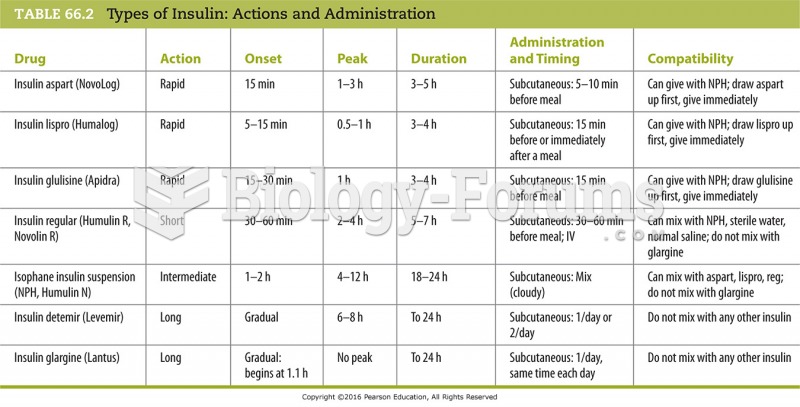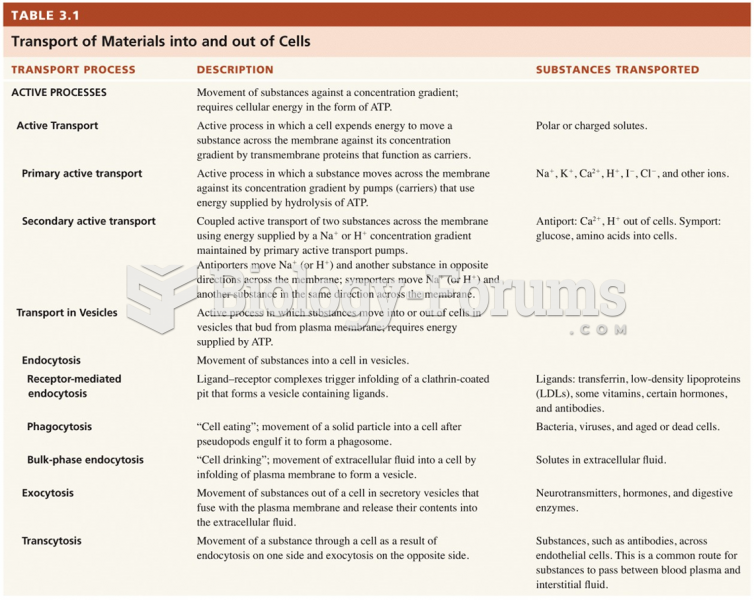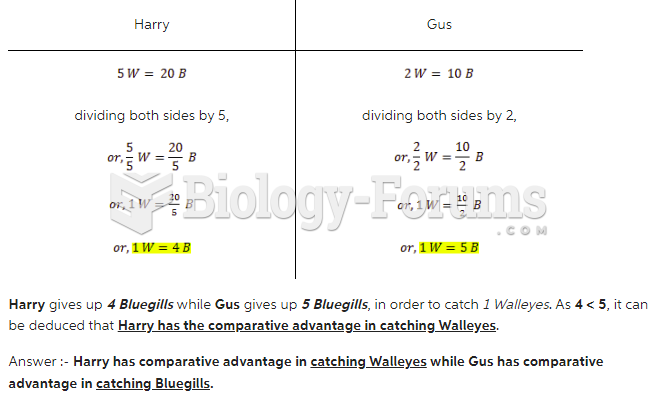Answer to Question 1(a) Egg-scatterers are fishes that lay their eggs in a haphazard manner on the floor of an aquarium. Some
species lay adhesive eggs that stick to the gravel on the aquarium floor or on decorations and plant
materials. Other species lay nonadhesive eggs. There is no parental care of the eggs or young; when the
eggs are laid, they are forgotten. In many cases, steps must be taken to prevent the parents from eating the
eggs and the newly hatched fry.
(b) Egg-buriers are fish that lay their eggs in the mud of rivers and ponds. The adults lay their eggs in the
mud and die when the rivers and ponds dry up. The eggs survive in the mud, and when the next rains
come, the young hatch. In aquariums, they lay their eggs in the material on the floor of the aquarium.
(c) Egg-depositors have complex spawning routines and are excellent parents; these fish will usually select
their own mates. They clean off a nesting site where the female deposits her eggs, and the male fertilizes
them. The parents usually take turns guarding the nest; they constantly fan the nest and eggs with their
fins to keep them clean from dirt or silt and dust that may settle on them. When the young fry hatch, the
parents will keep watch for several days to protect them from predators.
(d) Mouth-brooders are fish that carry their eggs in their mouths until they hatch, after which the young may
continue to be carried in the parent's mouth until they are ready to fend for themselves. In some species,
the young, after leaving the parent's mouth, may return if threatened. After the eggs deposited by the
female are fertilized by the male, the female, and in some species the male, will go around the pick up the
eggs by mouth. During this incubation period of two to three weeks, the parent does not eat.
(e) The nest-builders construct nests in which the eggs are deposited; it is usually constructed by the male.
This nest may be a bubble nest on the surface made from saliva-blown bubbles or may be prepared from
materials found on the floor of the aquarium. After the eggs are fertilized, the female should be removed
because the male will become aggressive toward her; the male then guards the nest.
Answer to Question 2Flake foods are ideal for small fish up to four or five inches long, if appropriate. These foods are produced
from the meat of fish, fish eggs, wheat, and vegetables. They usually contain additional vitamins and minerals.
These food materials are also processed into pellet form for larger fishes; floating fish sticks are for large,
top-feeding fish, whereas small pellets that sink slowly are for middle-feeders, and sinking tablets are for
bottom-feeders.
Several live foods are also available; among these are small crustaceans called water fleas, Daphnia. Brine
shrimp, Artemia, are small shrimp that live in salt lakes or brackish waters. These shrimp should be rinsed
off and may be fed to both small and large fish. River shrimp and bloodworms are available for still larger
fish. Earthworms, flies, maggots, wood lice, caterpillars, crickets, and grasshoppers are other live foods that
can be used. One problem with feeding live foods is the parasites and diseases that they may carry can be
harmful to fish.
Freeze-dried and frozen foods are basically the same as live foods, except they are in a safe form.
Some freeze-dried or frozen foods available are Mysis shrimp, Pacific shrimp, tubiflex worms, krill, and
plankton.
Carnivorous fish can be fed minced or chopped meat; common foods include beef heart, liver, raw fish
meat, and shellfish meat. Pieces of turkey and chicken can also be used. Meat pieces can also be thinly sliced
and frozen; these can then be broken and fed. Some of the larger carnivorous fish may need to be fed other
fish; small goldfish may be used for this purpose.
Many fish also require vegetative material in their diets. Chopped or shredded lettuce, chopped spinach
leaves, canned peas, wheat germ, and oat flakes can be used. Any vegetables not consumed within eight hours
should be removed.
Marine species of invertebrates are of four types:
(a) Those that feed on plankton that is filtered from the water, including stone and horny coral, tube worms,
bivalves, some species of sea cucumbers, and crustaceans. Commercially prepared plankton foods and
frozen foods are available for the plankton feeders.
(b) Those that feed on plant material, including sea urchins, mollusks, and sea slugs. A diet of lettuce and
spinach will hopefully prevent them from feeding on aquarium plants.
(c) Those that are carnivorous, including crabs, starfish, sea anemones, shrimp, and lobsters. They can be fed
small pieces of crab, fish, shrimp, and flake foods. Sea anemones should be fed only when their tentacles
are out (in bloom). Drop the food onto their tentacles.
(d) Those that are scavengers, including sea cucumbers. They feed on debris and uneaten foods on the
bottom of the aquarium.
Answer to Question 3A power filter uses an electric motor connected to an impeller by a magnetic device through the wall of the
filter box. By not housing a drive shaft through the filter box, there is less chance for leaks in the system.
Power filters increase water flow through the filter media and remove more waste materials.


